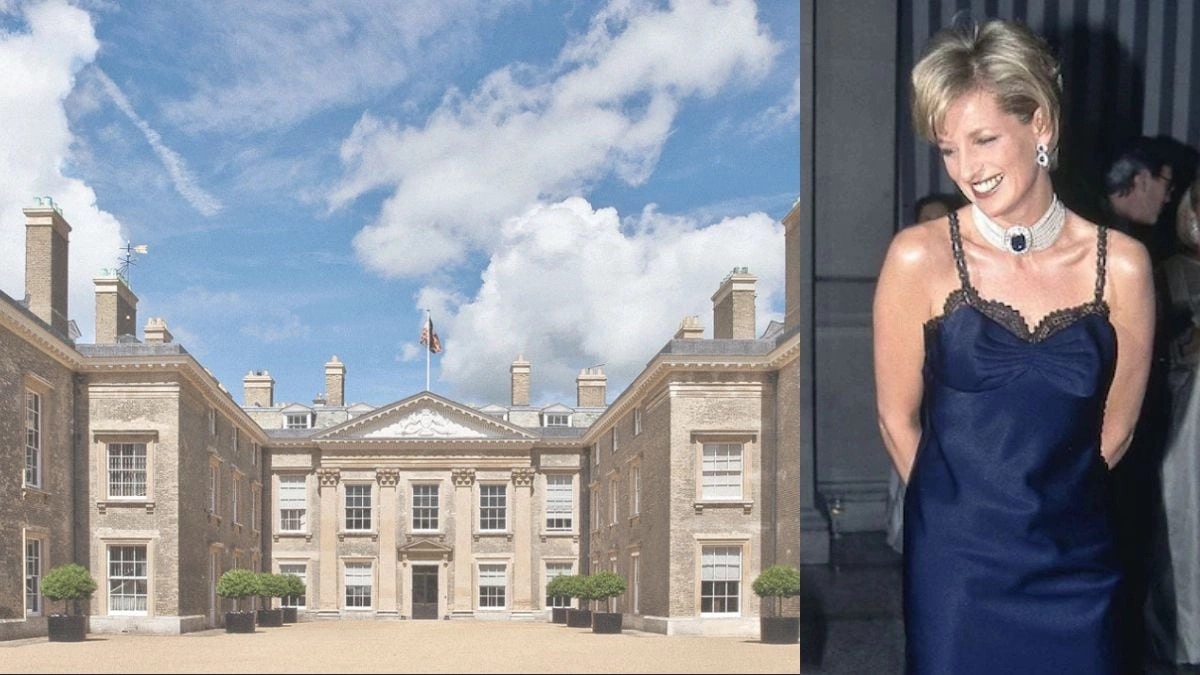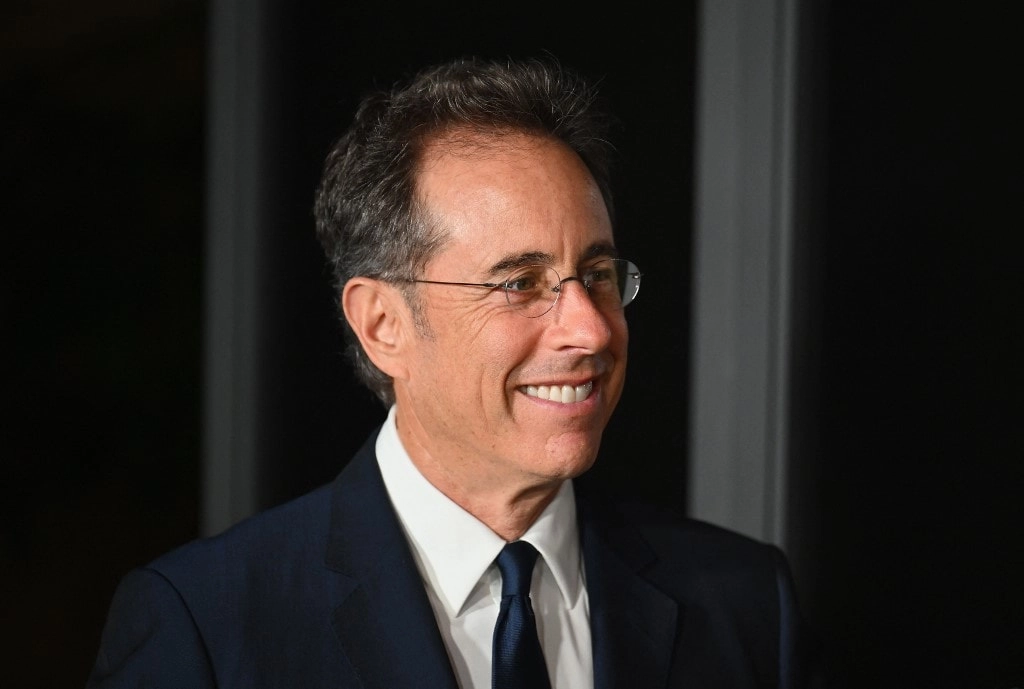Princess Diana’s childhood home, Althorp House, has long been a site of interest for royal watchers and fans of the late princess. Located in Northamptonshire, England, this estate has been associated with Diana’s early years and holds significant sentimental value. However, the question of who will inherit this iconic property has sparked considerable speculation and debate, particularly in light of the ongoing dynamics within the British royal family. While many might assume that Prince William or Prince Harry, as Diana’s sons, would be the natural heirs to the estate, the reality is more complex.
Althorp House is currently owned by Diana’s brother, Charles Spencer, the 9th Earl Spencer. He has made it clear that he intends to keep the estate within the family, but that does not necessarily mean it will pass to William or Harry. In fact, Charles Spencer has publicly stated his intention to ensure that Althorp remains a family home and a heritage site, indicating that its future may not be directly tied to the royal lineage. This decision reflects not only a desire to preserve the family’s legacy but also an understanding of the broader implications of royal inheritance.
The relationship between Prince William and Prince Harry has evolved dramatically over the years, especially following the tragic death of their mother. While both brothers have pursued their paths within the royal family and beyond, their differing views on duty and public life have further complicated the question of inheritance. As the royal family continues to navigate its modern identity, the fate of Althorp House may symbolize the changing dynamics and the personal choices of each family member, emphasizing that heritage is not solely defined by bloodline.
Ultimately, the future of Princess Diana’s childhood home remains uncertain. While the estate is a cherished symbol of her legacy, the decisions surrounding its inheritance will hinge on the priorities and values of the current generation. As Charles Spencer takes steps to protect and maintain Althorp, it is clear that the focus will be on preserving the memory of Diana rather than simply passing the property to her sons. This decision may encapsulate a broader narrative about how royal legacies are shaped and redefined in contemporary society, illustrating that familial bonds and personal commitments often transcend traditional expectations.




